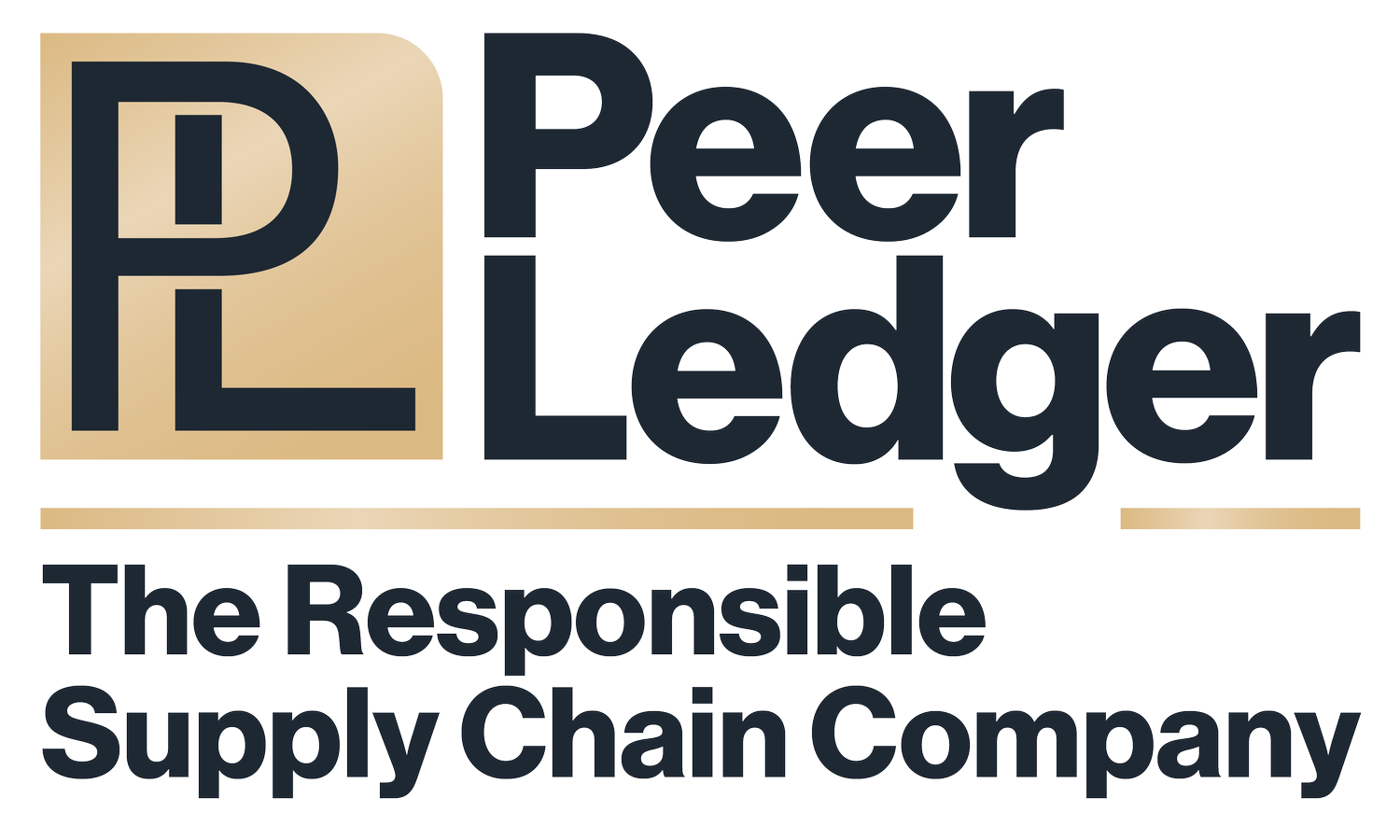The Dangers of Cyanide in Gold Mining
Gold mining can be extremely dangerous and one of the most harmful practices is the use of cyanide to extract the precious metal from the rock. Fortunately, there are a range of innovators trying to eliminate this notorious poison from the mining process.
Since the mid-1800s, cyanide has been considered a cheap and effective way to separate gold from rocks and the techniques have remained largely unchanged over the years. When the ore is brought out of the ground, it is mixed with a cyanide solution in large vats. Over a period of about 24 hours, the solution separates the minerals. This process involves huge human and environmental risks as the poison must be shipped to the site, stored, used safely and then disposed of. Spills or other mishaps often occur during many of these processes.
Over the past five years, there have been three cyanide spills at Barrick Gold’s Veladero mine in Argentina, with one leak polluting five different rivers. This prompted sanctions from the San Juan government, after Barrick failed to complete improvements that would have prevented the third spill from happening in March 2017.
In 2014, some 500,000 gallons of cyanide solution spilled from a retaining pond at the Proyecto Magistral mine in Mexico. The worst cyanide spill ever was probably the 2000 disaster at the Aural Gold mine in Romania, in which a tailings dam ruptured, spilling 3.5 million cubic feet of cyanide-contaminated waste into the Tisza and Danube Rivers. Not only did this spill have terrible environmental impacts, it also caused a significant threat to human health.
Flooded and abandoned village in the middle of a lake contaminated with cyanide at Geamana, near Rosia Montana, Romania. Image: Adobe Stock
Thankfully, there are innovators around the world who want to end the use of cyanide in mining by replacing it with something better – certainly safer, but also at least as effective and cost efficient.
Here are three examples:
Kasis Environmental
A startup from New Brunswick, Canada, called Kasis Environmental says that it has devised a safe, environmentally friendly means of separating gold. The product is called KCell, and it is a biofiber that gold clings to. CEO Travis Osmond won’t discuss the composition, other than to say it’s made of organic material. He believes it could address a market that’s worth about $4 billion worldwide. Osmond said miners can lower KCell into the slurry like a teabag. A day later, they remove the KCell from the solution and bits of gold are clinging to it. Osmond said a kilogram of KCell can extract 25 grams of gold. The company has been improving the material for years, and says that it picks up gold better and faster than anything else on the market.
Zhichang Liu
Chemistry postgraduate student Zhichang Liu has discovered a means of swapping cyanide with corn starch to separate gold from other minerals. According to Wired magazine, Liu was part of a team at Northwestern University in suburban Chicago that was experimenting on ways to make three-dimensional cubes from gold and starch. But one solution produced not cubes but tiny needles of gold. Further tests produced more needles, each 1.3 nanometres wide, that could easily be harvested from the solution. The residue of Liu's method is a mildly alkali metal salt that is easily disposed of, said Wired. Liu has published his findings in the journal Nature Communications.
CSIRO’s Thiosulphate Process
The Australian research organization CSIRO has developed a patented cyanide-free thiosulphate process, which it has been working on for more than 20 years - they call the process “Going for Gold.” Thiosulphate is non-toxic so the process reduces environmental risks in gold extraction. To bring the product into production, CSIRO partnered with a small gold producer, Eco Minerals Research, to build a demonstration plant to trial the process. They received support from the Science and Industry Endowment Fund, as well as the Australian Government, and in 2019 they transferred the technology to the Australian company Clean Mining Limited. The company now offers consumers greener gold thanks to this technology.
While there is still cause for concern over the use of cyanide in gold mining, it is promising to see so much innovation, and work towards positive change in the industry. We have no doubt that the best way to move forward is to adopt the most responsible practices, and we hope that all industry leaders will do so.
MIMOSI Connect is a blockchain traceability platform that makes it possible to track the chemicals and processes used to produce gold and easily share this information amongst supply chain partners. The platform provides end-to-end traceability from the mine all the way to the consumer to support responsible sourcing and due diligence. To learn more about our work in gold, click here.
References
Juliana Castilla (May, 2017), Exclusive: Barrick faces sanctions for Argentina cyanide spills, judge says, Reuters. Retrieved from https://www.reuters.com/article/us-barrick-gold-mine-argentina-exclusive-idUSKBN1841BK
AP News (August, 2014), Mexico mine spills 500,000 gallons of cyanide. Retrieved from https://apnews.com/article/2c74912a5ea84d12aed6e6bad271276a
Judit Kanthak (April, 2000), The Baia Mare Gold Mine Cyanide Spill: Causes, Impacts and Liability, Reliefweb. Retrieved from https://reliefweb.int/report/hungary/baia-mare-gold-mine-cyanide-spill-causes-impacts-and-liability
Wired Magazine (May, 2013), 'Green' gold extraction method replaces cyanide with starch. Retrieved from https://www.wired.co.uk/article/cornstarch-cyanide-gold
CSIRO, Cyanide-free gold recovery. Retrieved from https://www.csiro.au/en/work-with-us/industries/mining-resources/Processing/Going-for-gold


